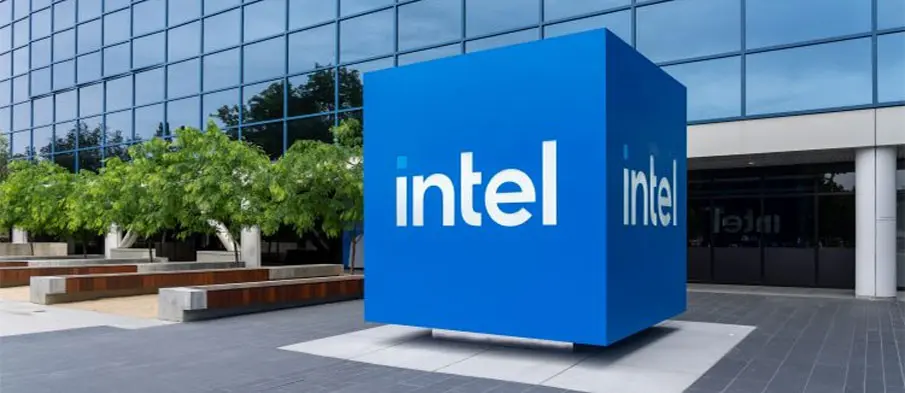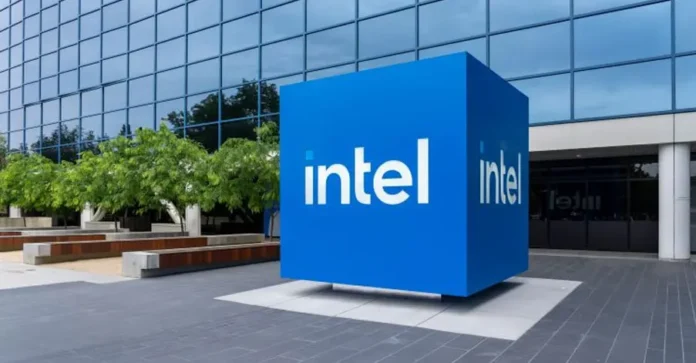
Intel has announced a significant reduction in its global workforce, revealing plans to bring down its employee count from 108,900 at the end of 2024 to 75,000 by the close of 2025. This downsizing—impacting over 25,000 positions—is set to be executed through layoffs, attrition, and other strategic measures, as the company undertakes sweeping steps to regain operational and financial footing.
Alongside the workforce reduction, Intel has decided to shelve its plans to establish manufacturing facilities in Germany and Poland. The company will also scale back construction timelines for new plants in Ohio and consolidate its Costa Rica operations into larger facilities located in Vietnam and Malaysia.
The move follows previously signaled cost-cutting intentions earlier this year. Since April alone, Intel has trimmed approximately 15% of its workforce, affecting an estimated 15,000 employees. This comes in addition to the more than 15,000 job eliminations carried out in the previous year.
The restructuring efforts were outlined during Intel’s second-quarter financial disclosure, where the company reported a net loss of $2.9 billion, partly attributed to restructuring charges. Revenue held steady at $12.9 billion—outperforming analyst expectations. For the upcoming quarter, Intel projects another loss, with revenues anticipated between $12.6 billion and $13.6 billion, centering around $13.1 billion, surpassing the consensus estimate of $12.6 billion.
“I know the past few months have not been easy,” Intel CEO Lip-Bu Tan acknowledged in a letter to employees. “We are making hard but necessary decisions to streamline the organization, drive greater efficiency and increase accountability at every level of the company.”
As part of its ongoing financial recalibration, Intel reiterated its commitment to reducing annual operating expenses to $17 billion in 2025 and aiming for $16 billion by 2026—targets the company says it is on track to meet.
Once a dominant force in the semiconductor space, Intel gained fame in the 1990s for its central processing units that powered personal computers. However, it missed out on the smartphone revolution and has lagged in the booming artificial intelligence chip market—now led by competitors like Nvidia.
Since taking the helm in March, CEO Tan, a seasoned venture capitalist and former Intel board member, has sought to cut down internal bureaucracy, reignite innovation, and make Intel more competitive with rivals such as AMD. However, he has acknowledged that meaningful progress will take time.
Analysts continue to watch the company’s chip manufacturing capabilities closely. The 18A process technology, once touted by former CEO Patrick Gelsinger as a game-changer, is no longer positioned by the company as matching the latest offerings from Taiwan Semiconductor Manufacturing Company. Nonetheless, 18A remains integral to Intel’s roadmap, with future development already underway on a follow-up process known as 14A.
“Over the past several years, the company invested too much, too soon—without adequate demand,” Tan noted in his letter. “In the process, our factory footprint became needlessly fragmented and underutilized. We must correct our course.”





